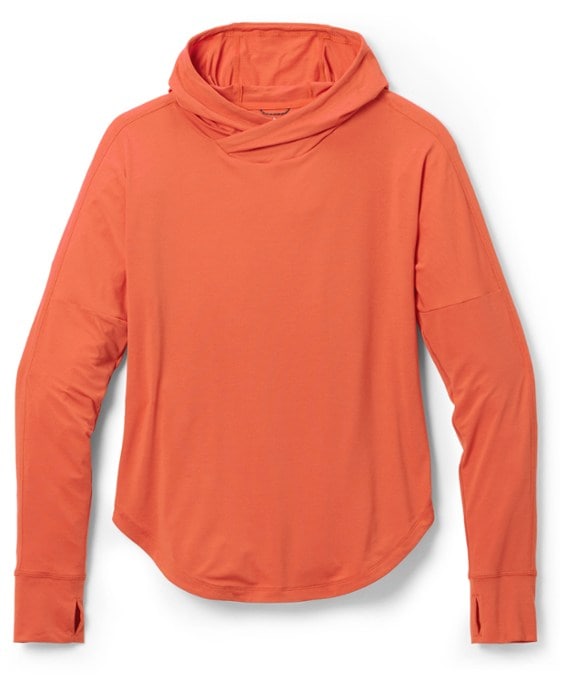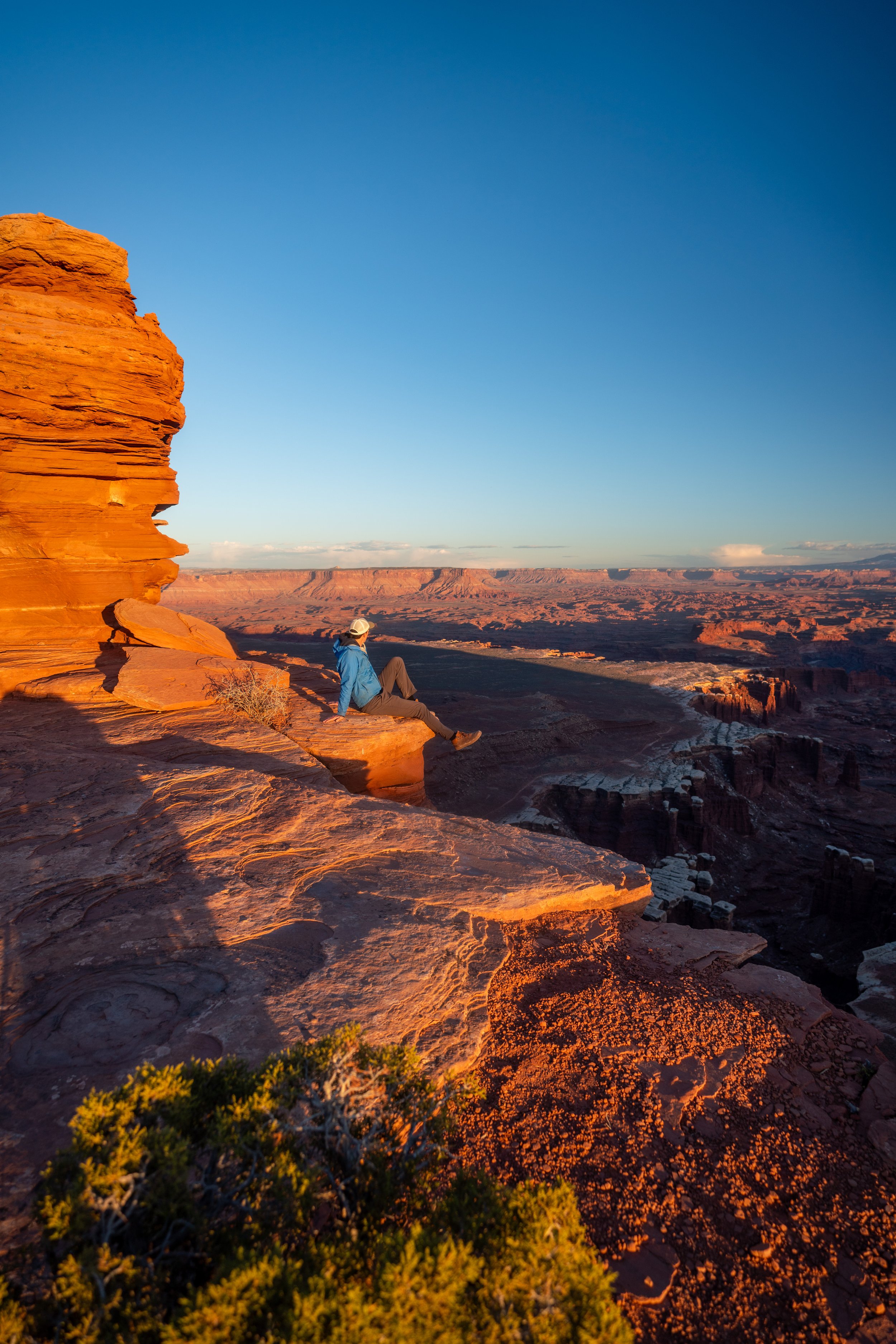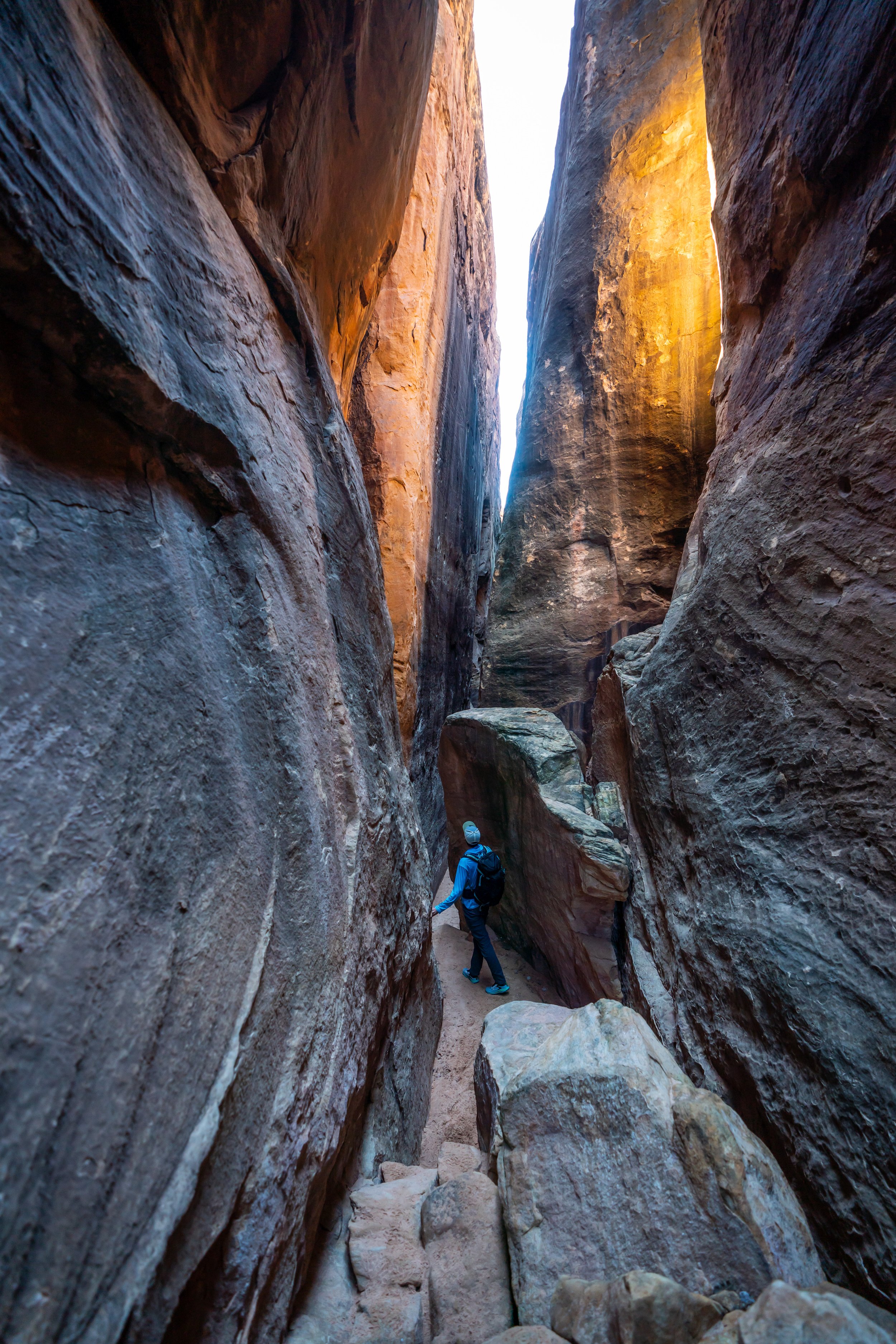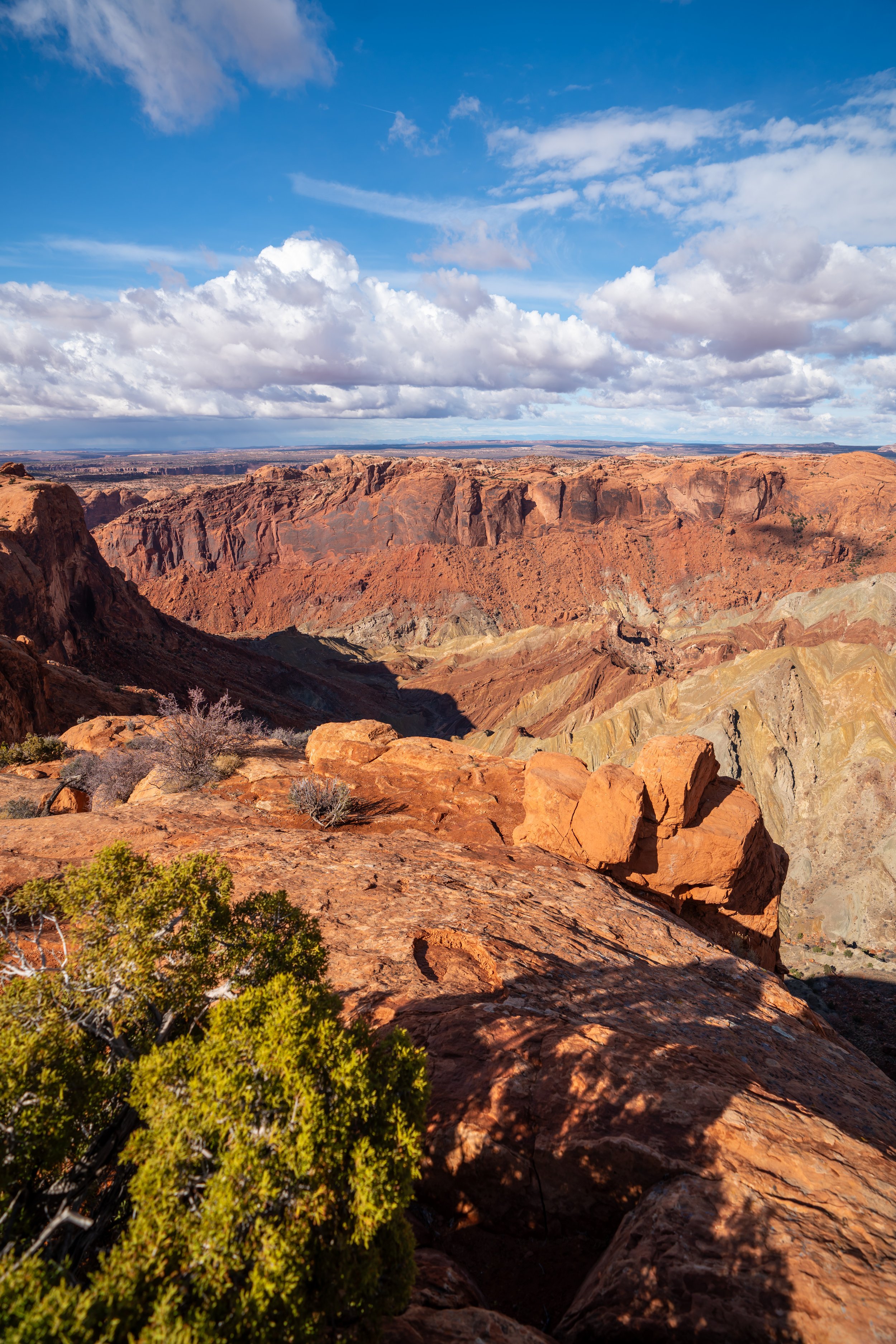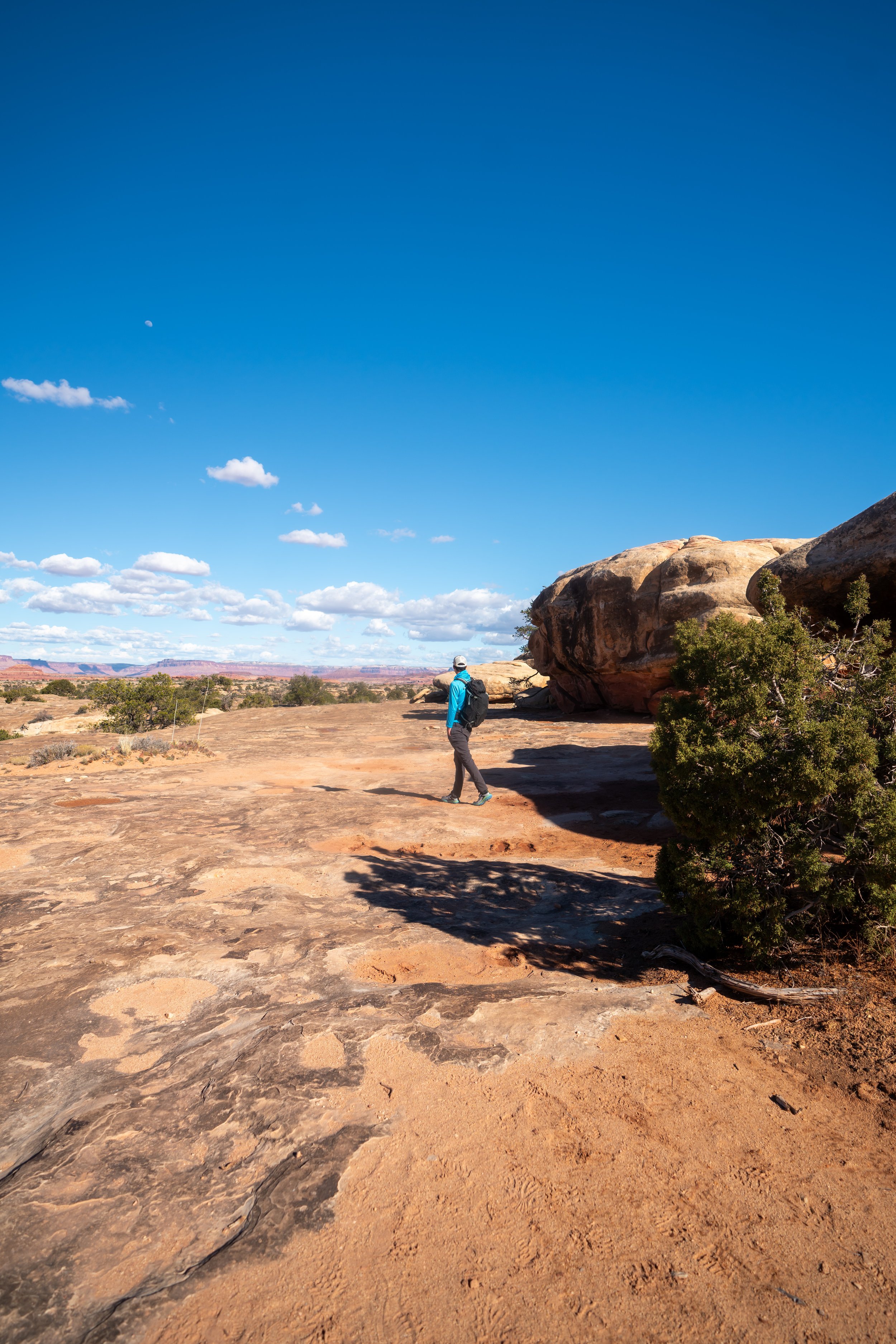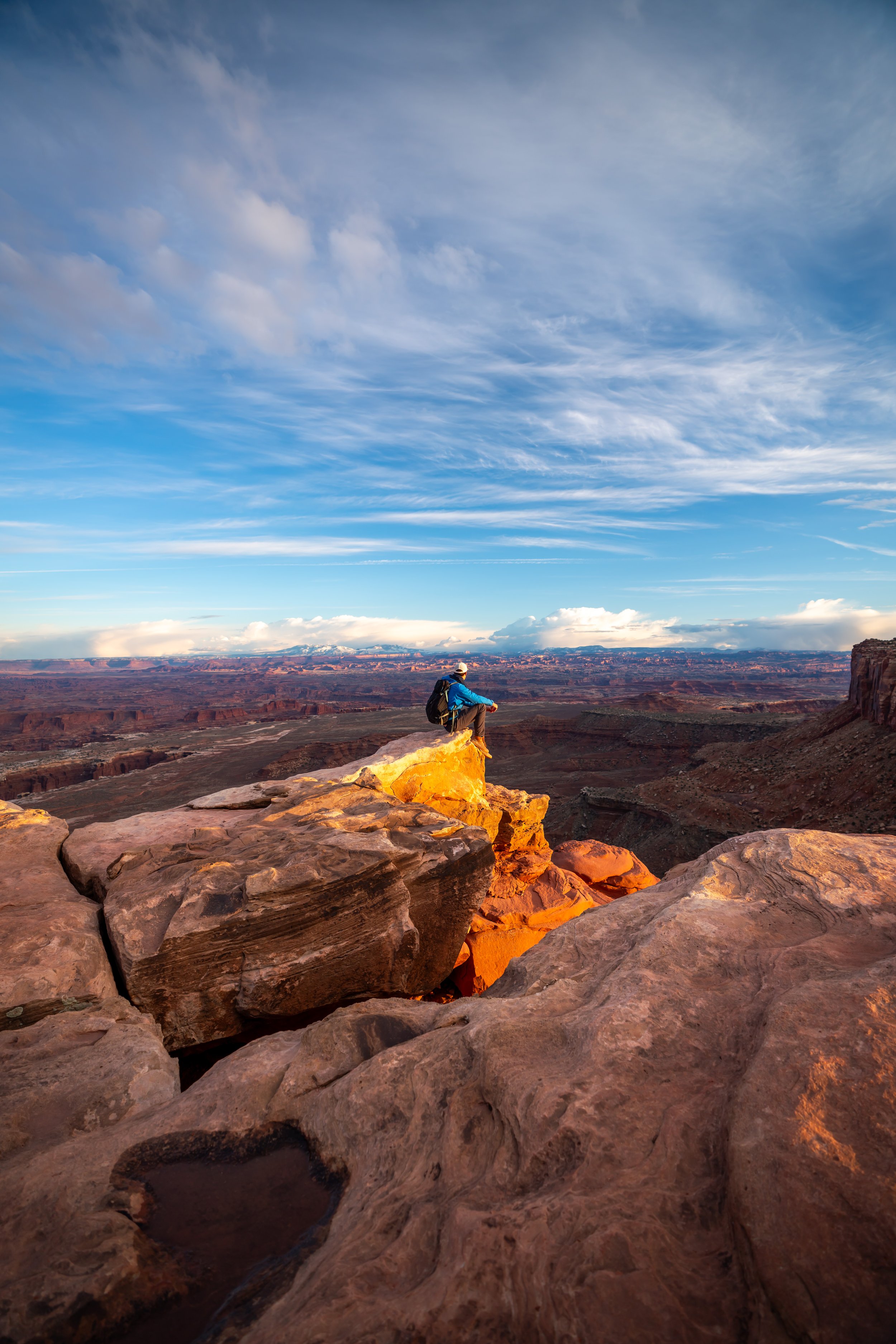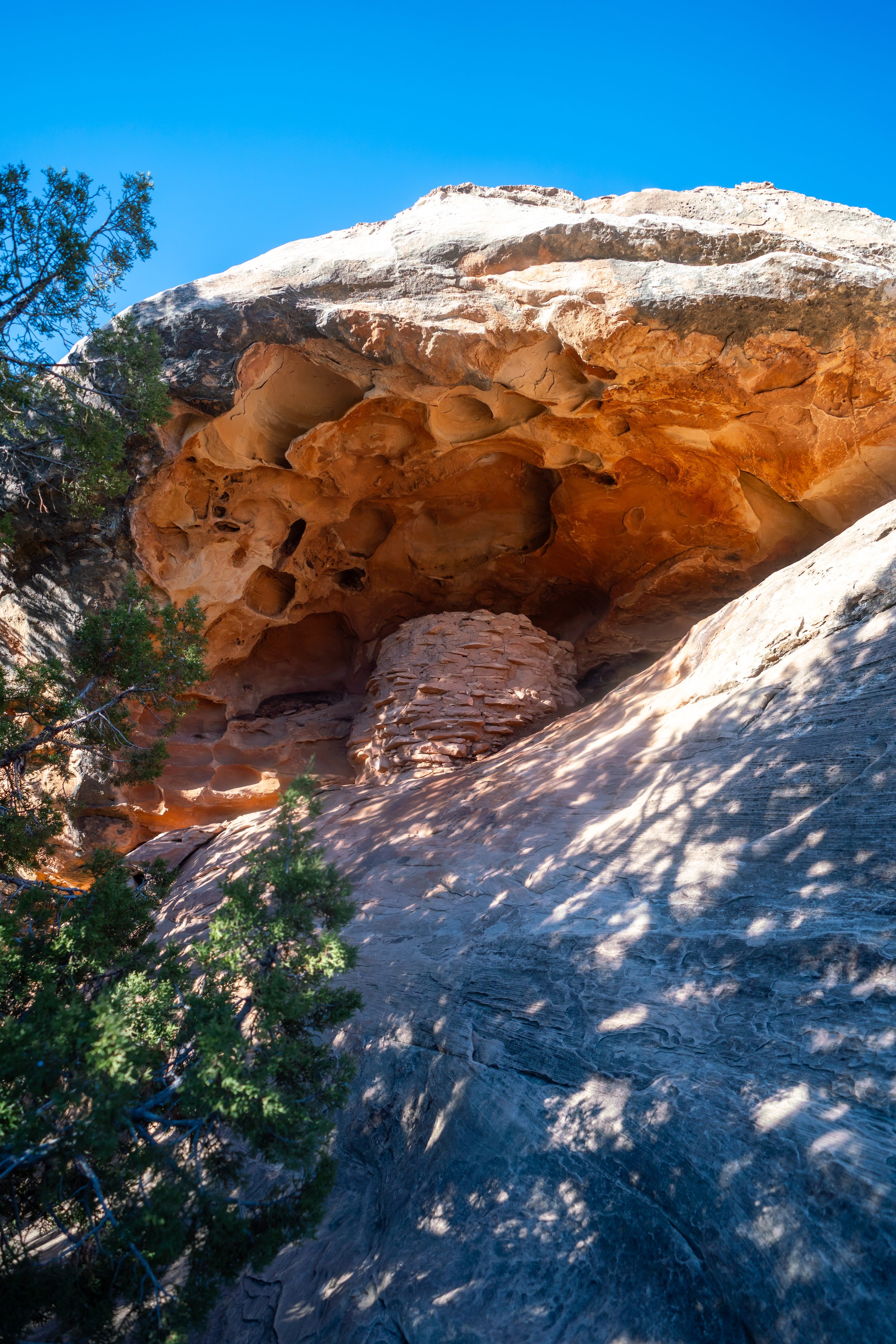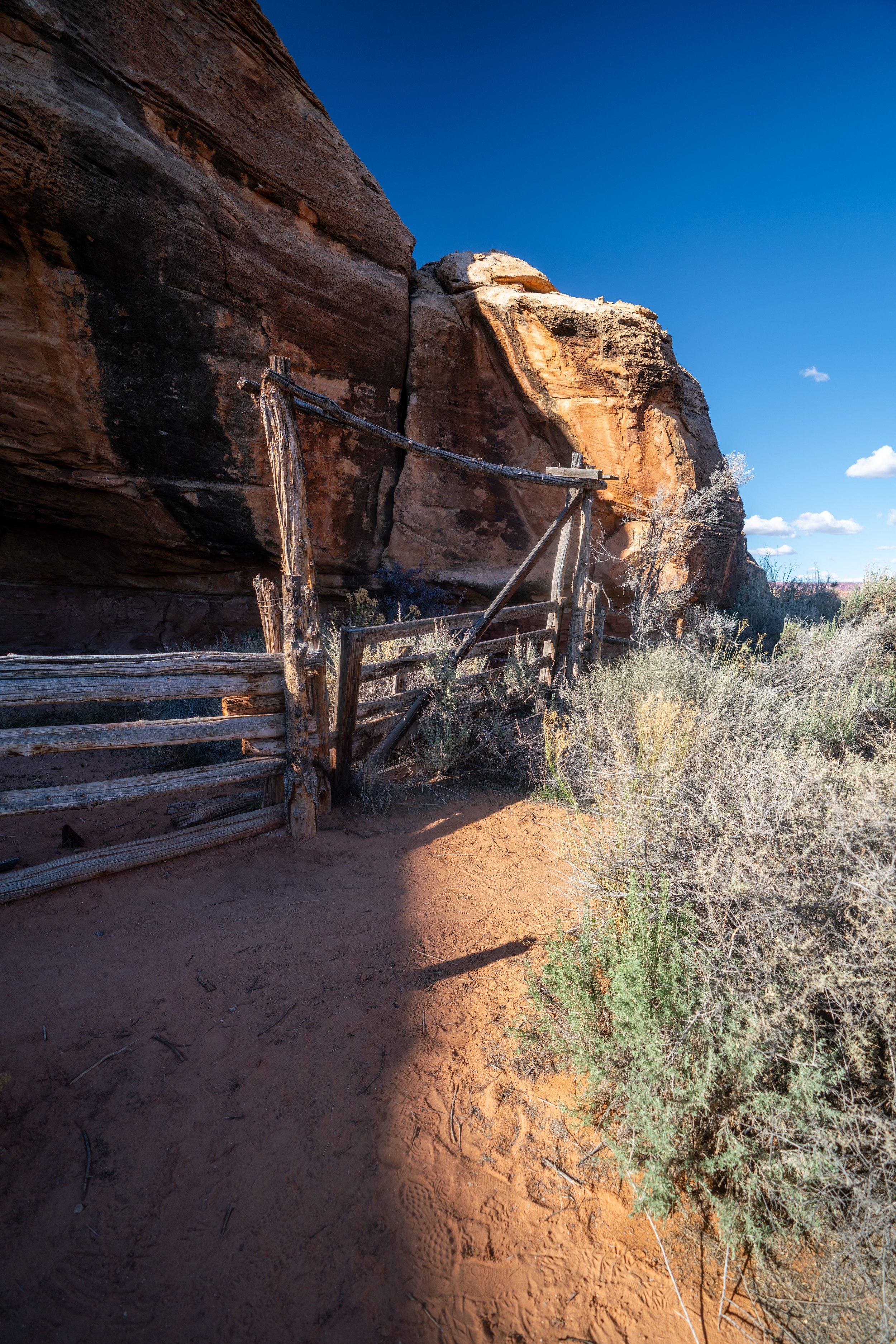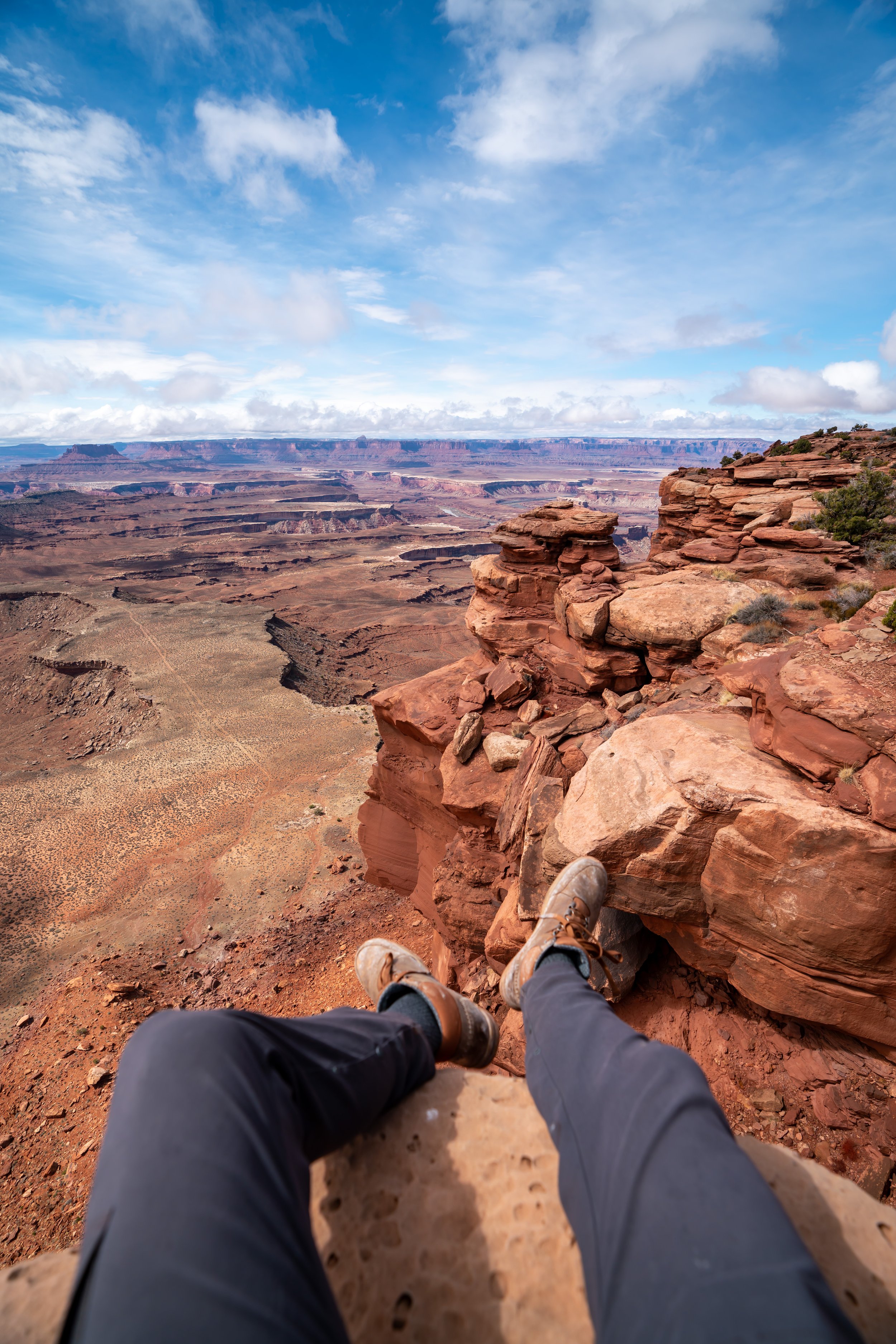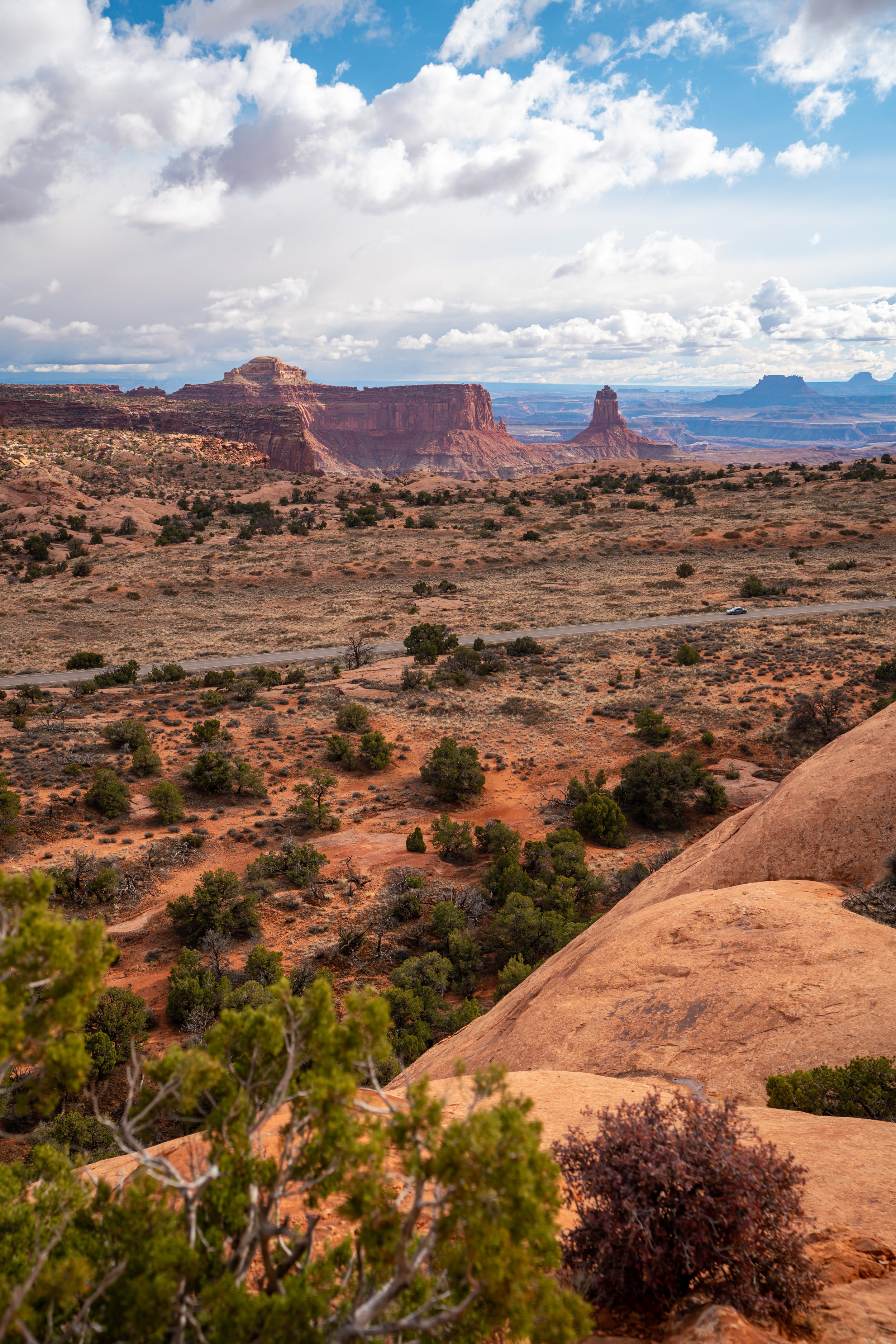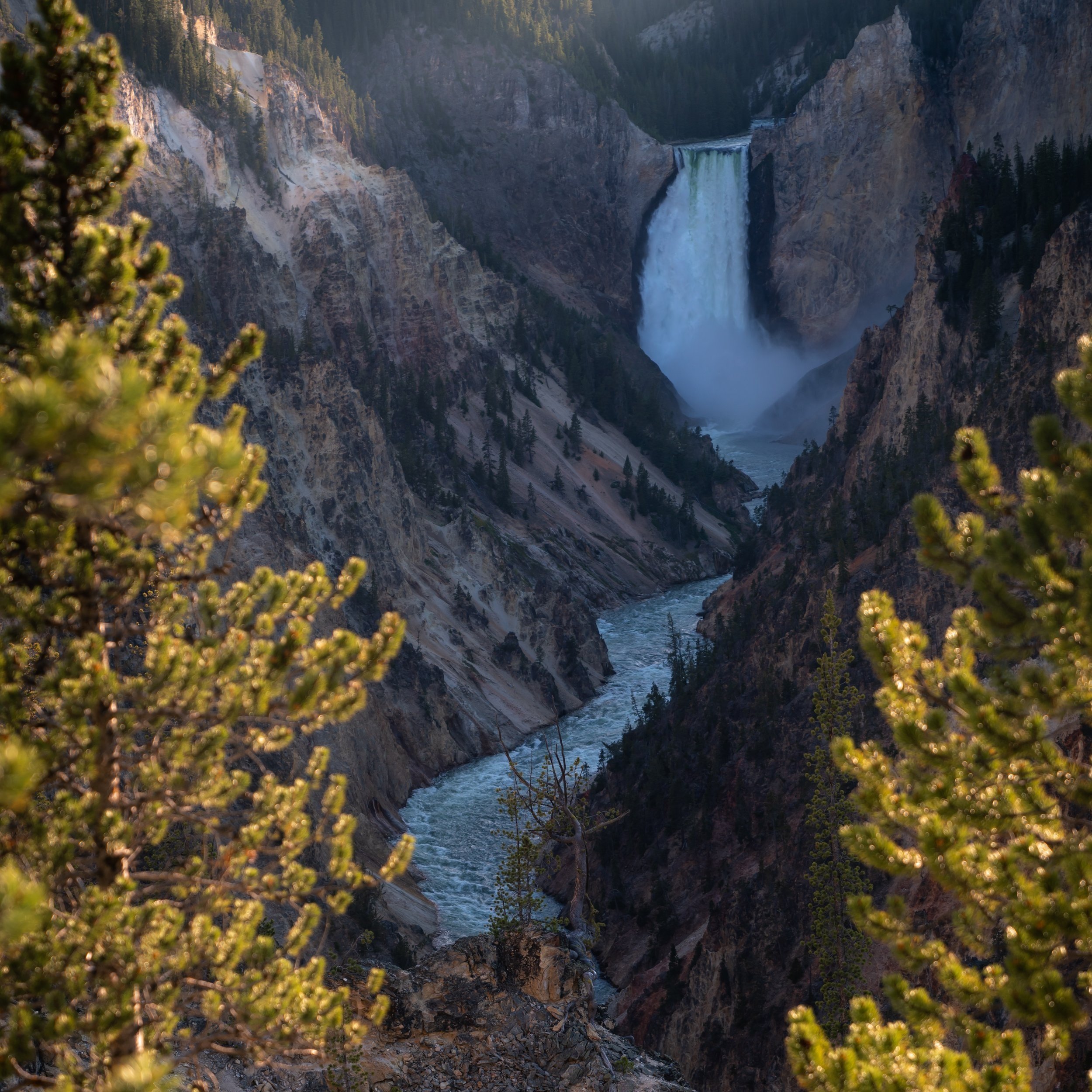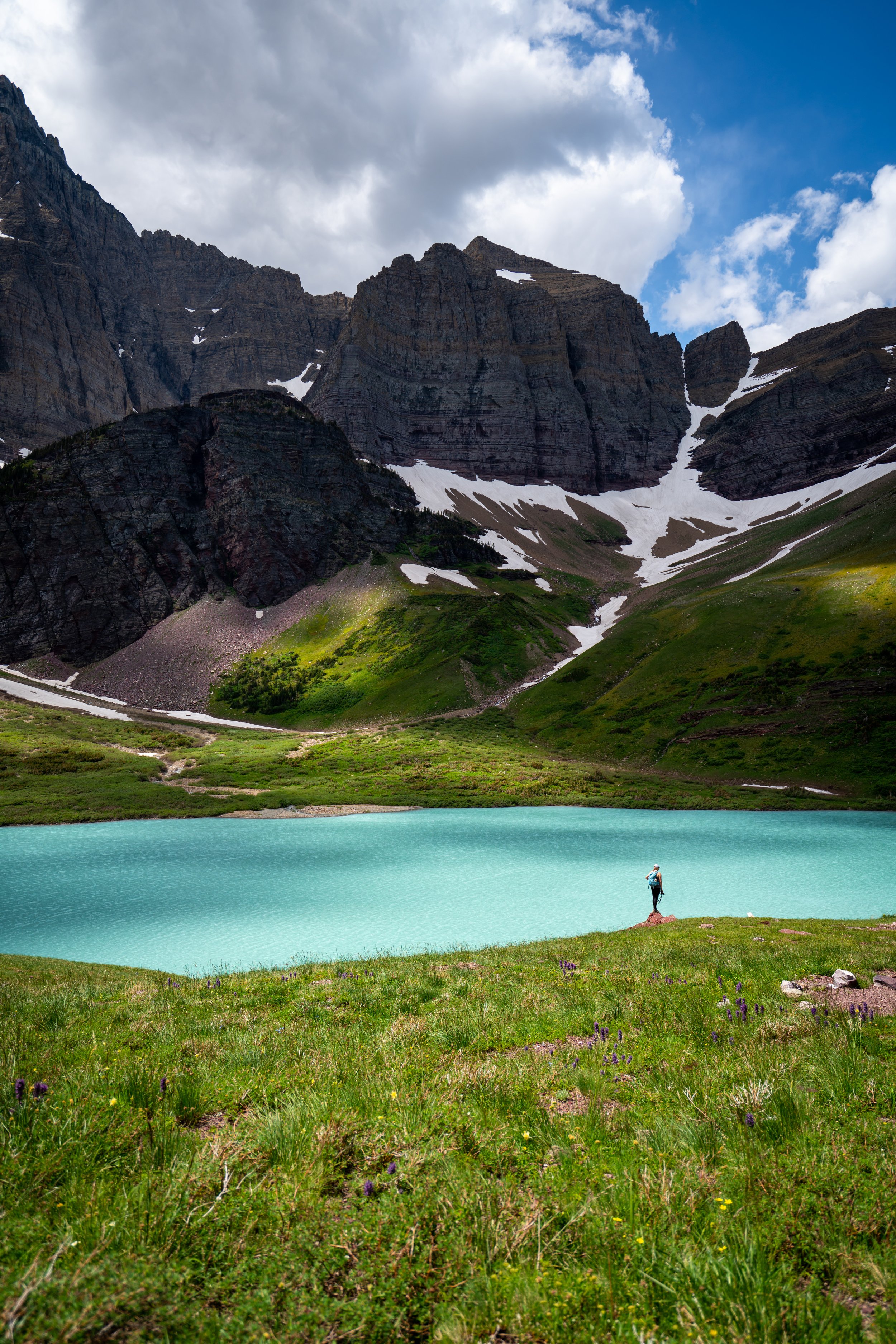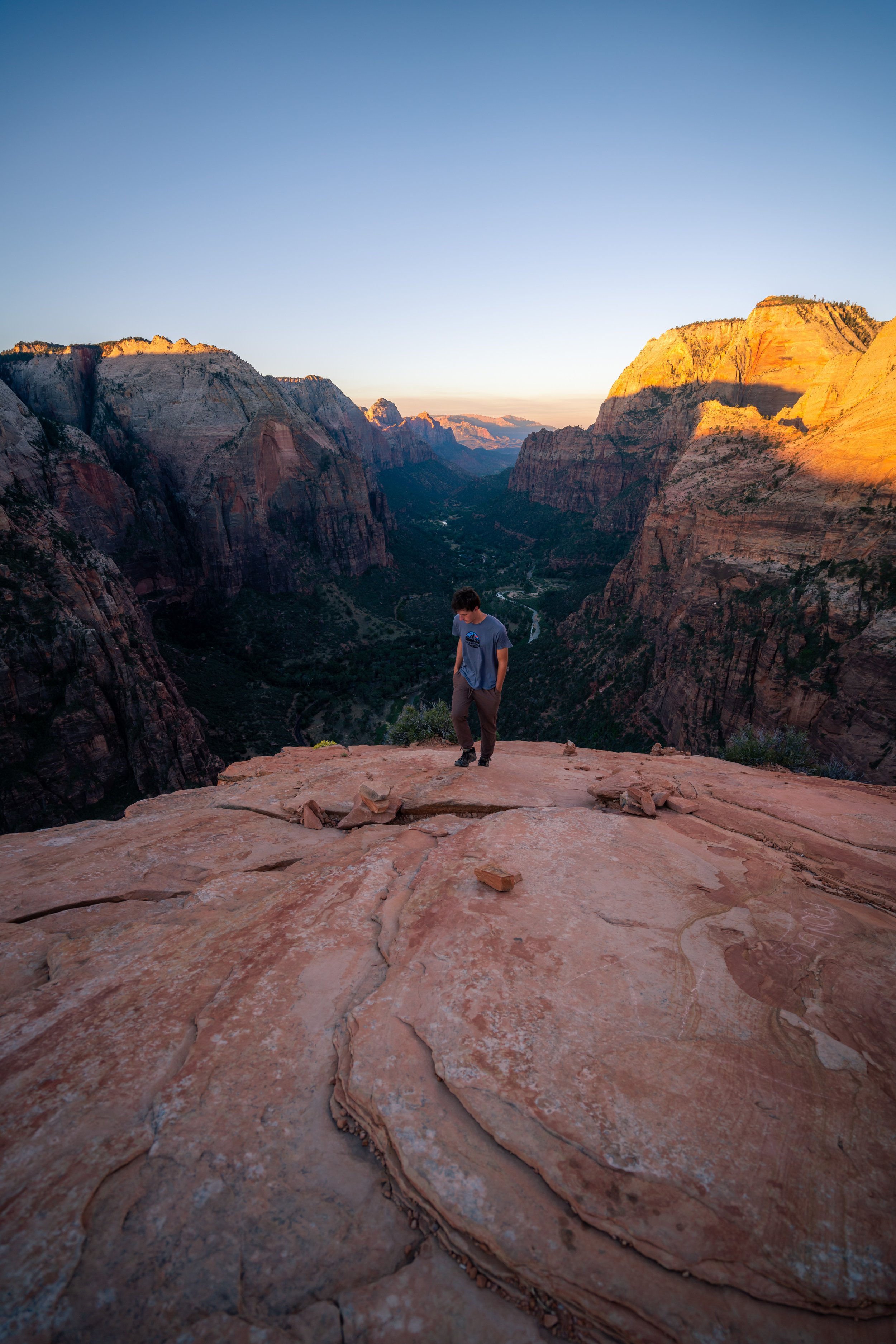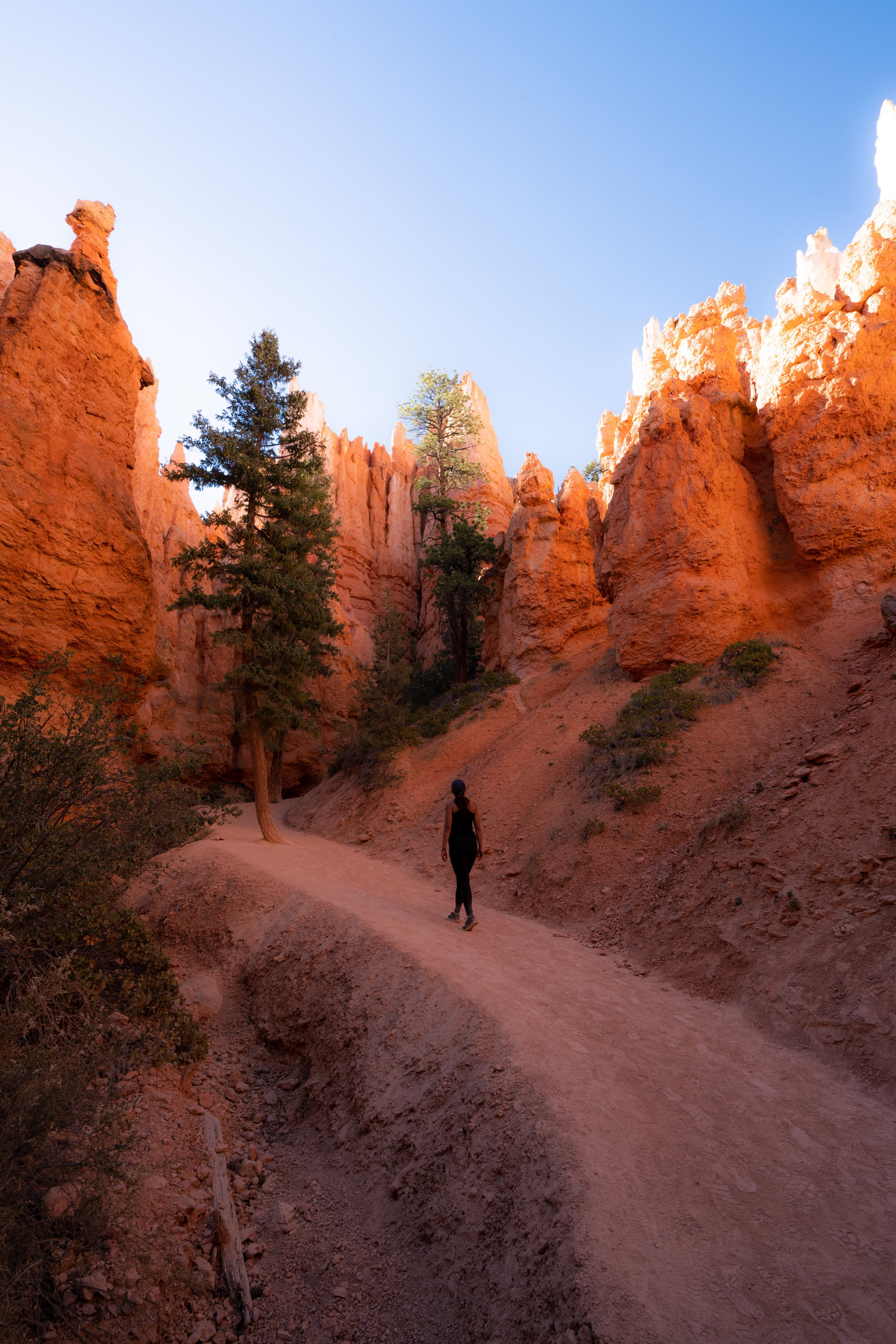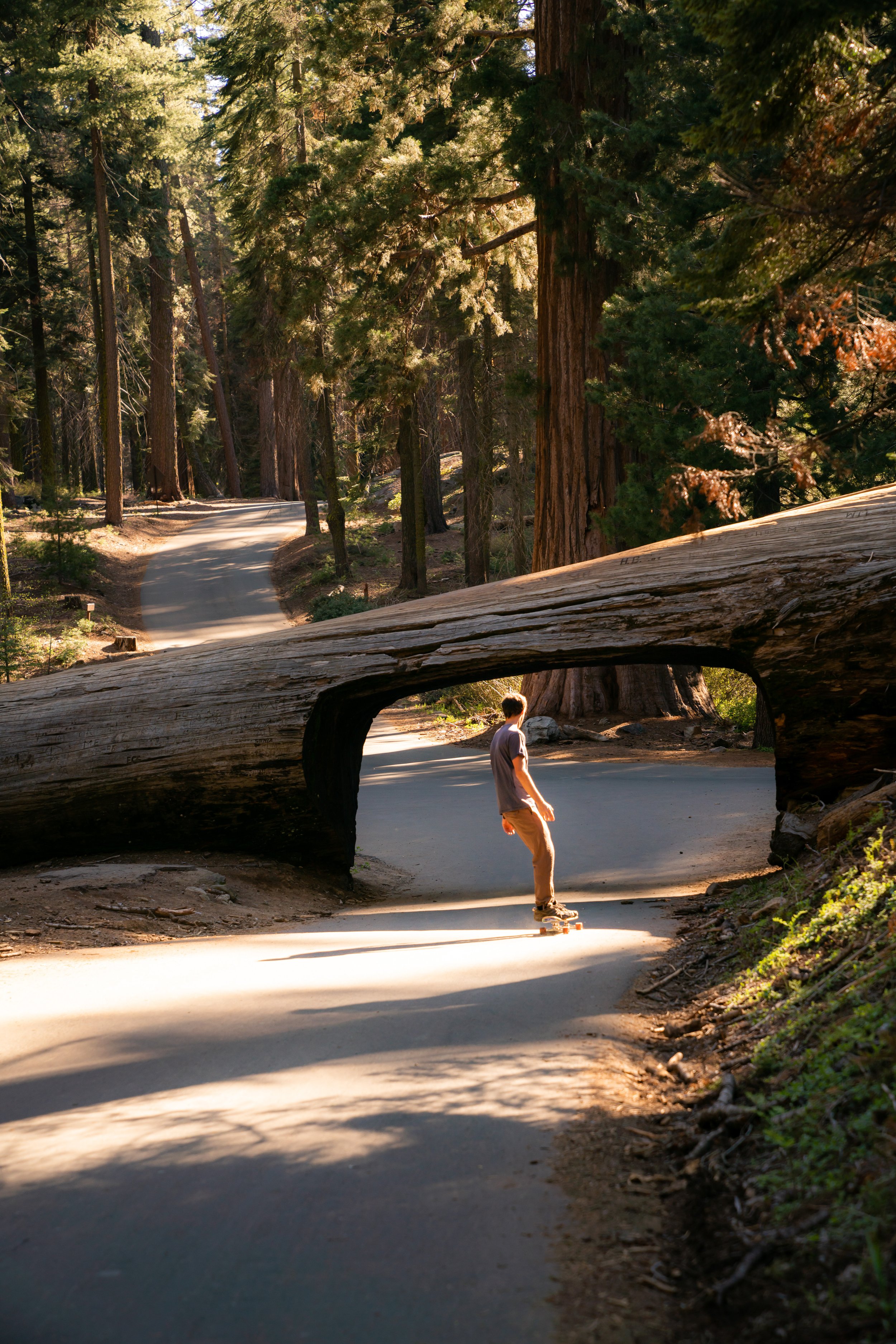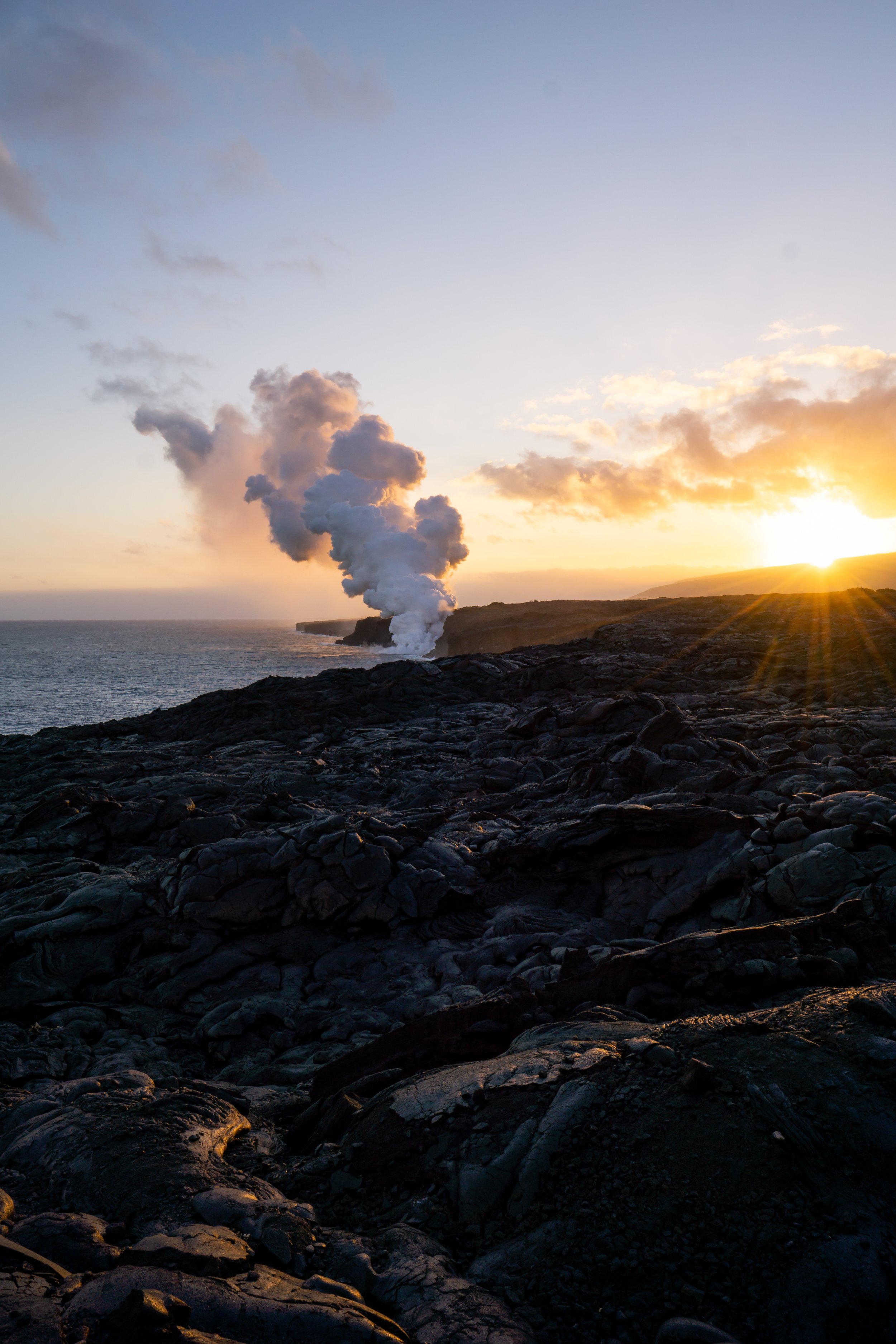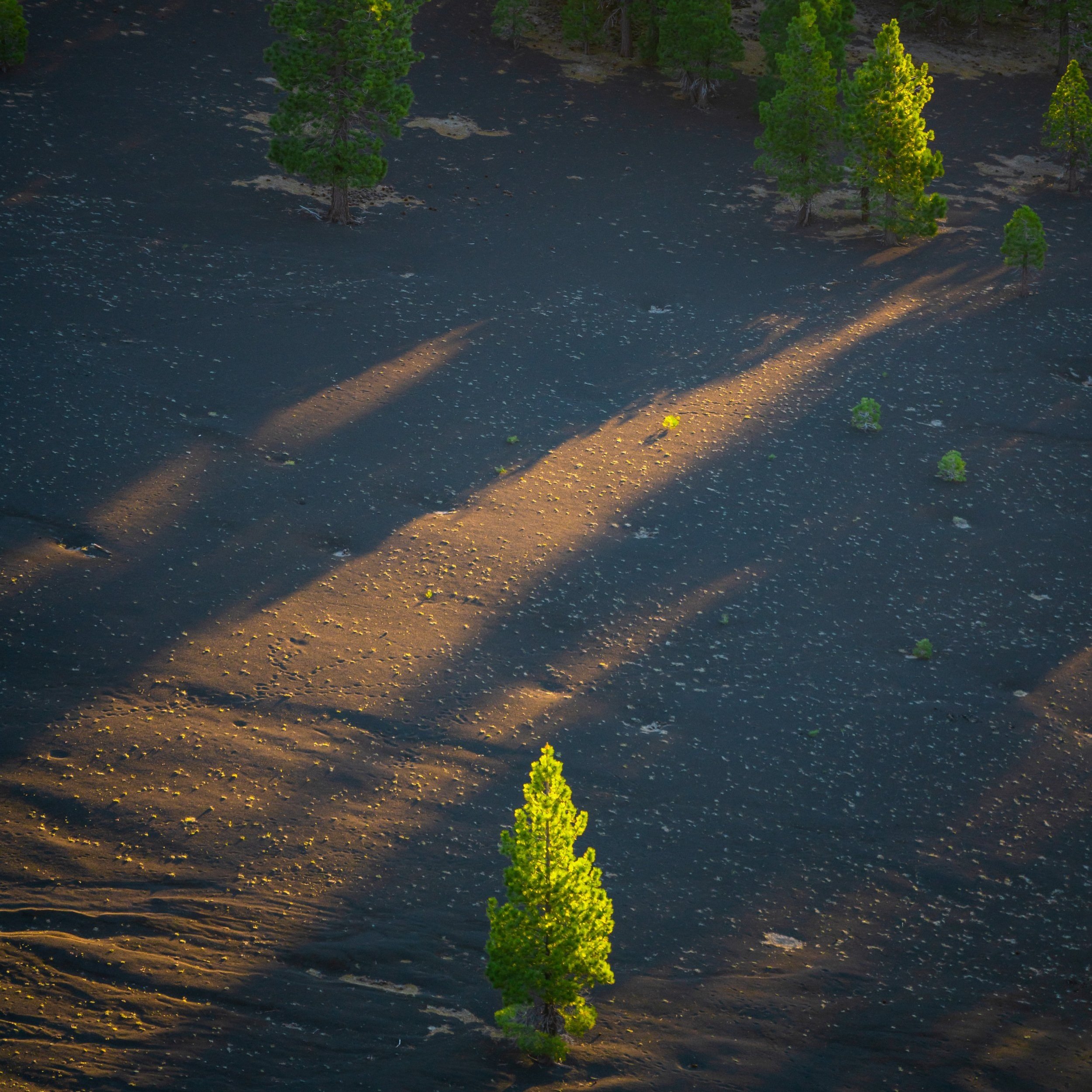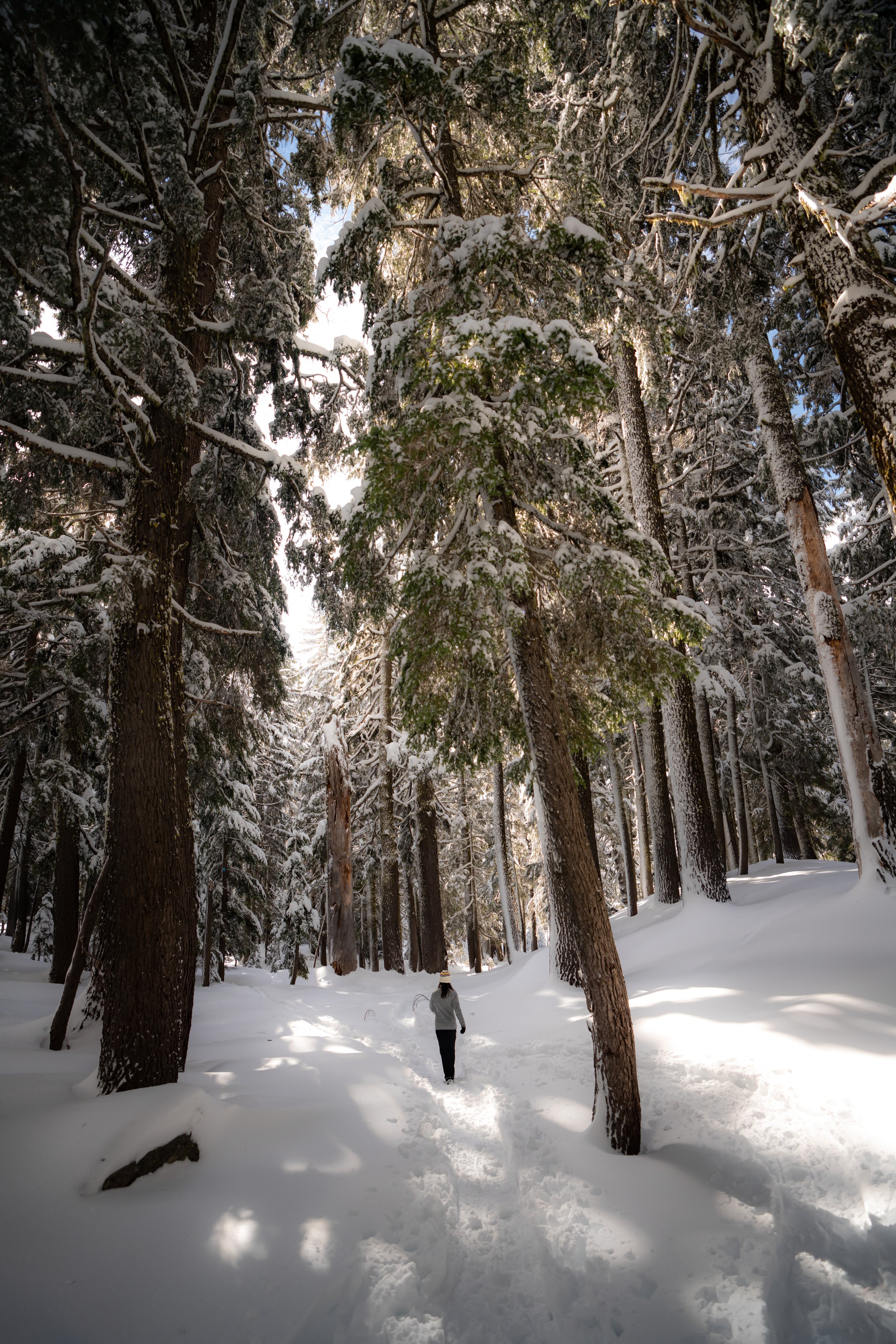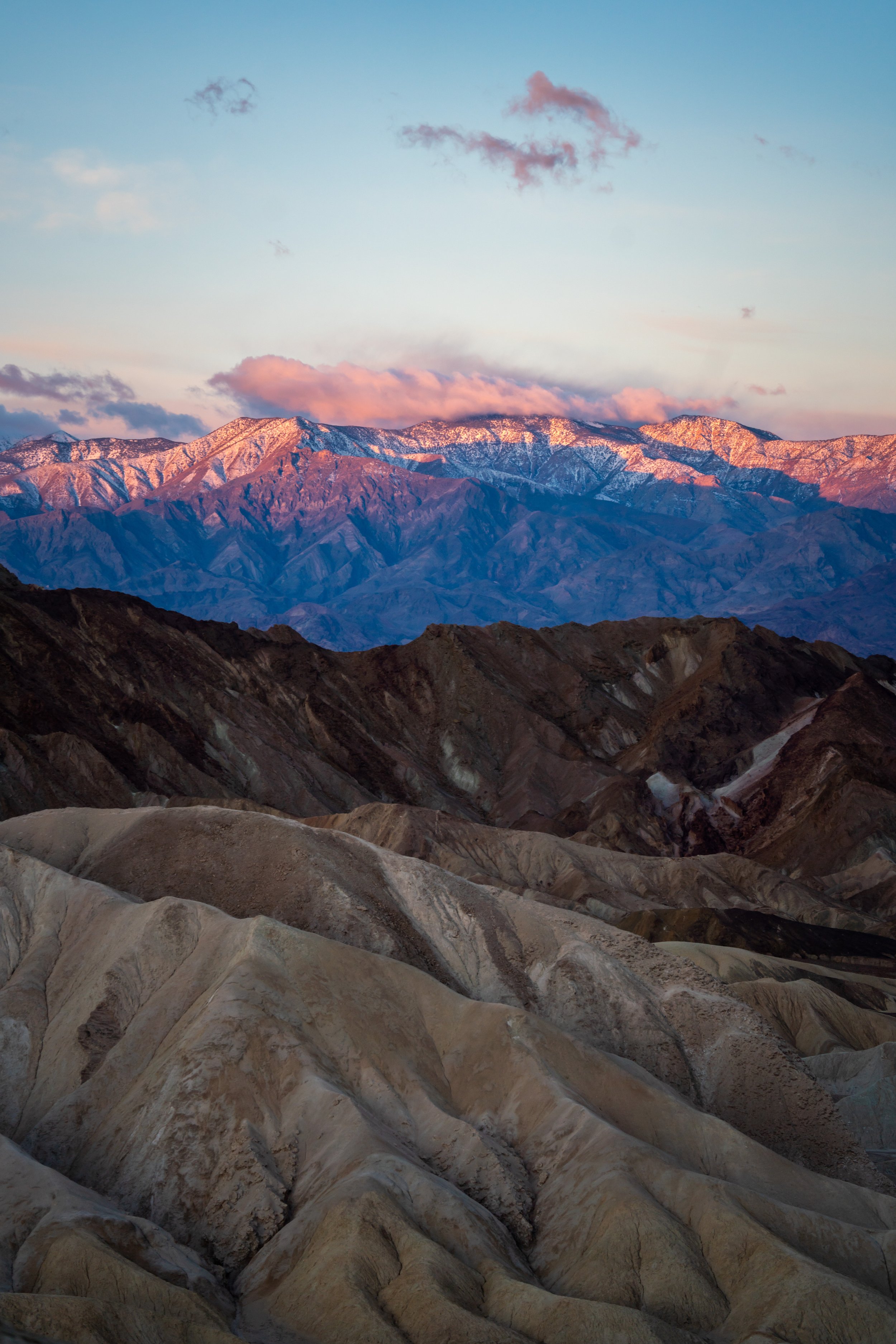Hiking the Neck Spring Trail in Canyonlands National Park
Distance: 5.6 miles / 9.0 km
The Neck Spring Trail is one of my favorite adventures in the Island in the Sky District of Canyonlands National Park because it is often one of the most overlooked hikes in the area.
That being said, the Neck Spring Trail follows the paths of Canyonlands’ historic ranching history, some of which can still be seen along the 5.6-mile (9.0 km) loop trail.
Personally, I recommend hiking the Neck Spring Trail first thing in the morning for a few reasons. The first is that it is the closest hike on the way into the park from Moab, but more importantly, hiking this longer loop when it’s cooler out is, by far, most enjoyable in the morning compared to midday—especially during the hotter summer months!
Neck Spring Trailhead Parking
Parking for the Neck Spring Trailhead is located in a large parking lot about 0.6 miles (1.0 km) away from the Island in the Sky Visitor Center.
This is the same parking lot as the Shafer Canyon Overlook, meaning that the parking lot is typically very busy by midday, due entirely to the overlook, not the Neck Spring Trail.
Google Maps Directions: Neck Spring Trailhead
Hiking Checklist - Canyonlands
Here is a complete list of must-have things that you will want for any hike in Canyonlands National Park.
Osprey 3L Water Bladder - The Osprey 3L water bladder is the most universal hiking and backpacking water bladder on the market, and it’s my go-to because of the slide-off seal that allows it to be quickly filled from the top. Additionally, individual parts are easily replaceable, such as the bite valve.
Blister / Heel Protectors - I swear by these cheap, amazing heel protectors to prevent blisters for nearly every kind of hiking and backpacking that I do!
Black Diamond Headlamp - Personally, I recommend the Black Diamond Storm because it is one of the brightest, lightest, and longest-lasting headlamps on the market—and trust me, the weight-to-battery-life ratio really does matter!
Hiking / Trail Running Shoes - Depending on the type of trail, I prefer to use either the Keen Targhee for longer, more rugged hiking or the HOKA Zinal Trail-Running Shoe for lighter, less intense trails. In either case, both have been amazing to me for many years across countless environments, and both can be found in men’s and women’s sizes. - (Men’s Keen / Women’s Keen) (Men’s HOKA / Women’s HOKA)
Waterproof Rain Shell - You never know when it may rain, and I’ve learned over the years that a rain shell is far better than a rain jacket. By this, I mean that it’s best to have something that the water will roll right off of, which is why I recommend the Patagonia Torrentshell 3L available in both men’s and women’s sizes.
Sun Shirt w/ Hood - A quality sun shirt can be your best friend on a trail with minimal shade, which can be found in both men’s and women’s sizes.
High SPF Sunscreen - Packing high-SPF sunscreen is a must for long days outside!
Hiking the Neck Spring Trail
The Neck Spring Trail, also called the Neck Spring Loop Trail, can either be hiked by going right to cross over Island in the Sky Road or left to hike up the road first in the clockwise direction.
With that in mind, the Neck Spring Trail is a mostly downhill hike, and choosing which direction to hike the loop should come down to one decision: Would you rather hike back up to the trailhead a longer, more drawn-out ascent, or hike back up on a shorter but steeper ascent?
Personally, I prefer the latter, which is the counterclockwise direction, because it makes the Neck Spring Trail a very light and fast downhill hike, while getting all the elevation gain out of the way at once on the far end of the trail. On the contrary, the Neck Spring Trail would descend steeply and then constantly climb for much of the hike back to the trailhead.
Regarding everything mentioned above, I chose to go right in the counterclockwise direction because it’s my preferred way to hike the Neck Spring Trail.
Island in the Sky Road
This is the first of two times where the Neck Spring Trail crosses Island in the Sky Road.
Shortly after crossing the road, the Neck Spring Trail noticeably begins its long descent down below the mesa that is the 'Island in the Sky.'
Once at the bottom of the mesa, the Neck Spring Trail simply winds its way in and out of multiple drainages, following a historic ranching trail, where cowboys would water their cattle from the natural springs.
In the first drainage, the Neck Spring Trail passes by the first of a few watering troughs left behind from this ranching era, which lasted from about 1880 to 1964.
This first drainage/ spring is unnamed, with the next being the true Neck Spring, for which the loop trail is accurately named.
Next, the trail climbs up and out of this first unnamed drainage, and into the much larger Neck Spring drainage, located shortly ahead.
Neck Spring
After just 0.4 miles (0.6 km) past the first spring, the trail passes over Neck Spring.
Like the previous, this much larger drainage can be explored beneath the alcove, where another watering trough can be found nearby.
After Neck Spring, the trail continues further to what most consider to be the best viewpoint on the entire hike: Taylor Canyon, located about 1.3 miles (2.1 km) away from Neck Spring.
In the morning, the cool air and smell of the Utah Junipers and Piñon Pines is truly one of the best parts about the Neck Spring Trail.
If you notice this split in the trail, go left to stay on the Neck Spring Trail.
The path to the right does not lead to the beautiful Taylor Canyon Viewpoint.
Taylor Canyon Viewpoint Junction
It is here, at about 2.6 miles (4.2 km) into the hike, that you have the option to branch off the Neck Spring Trail to hike over to what I think is the most beautiful view on the entire loop.
After this turn, go right for about 0.1 miles (0.2 km) to see Taylor Canyon.
Taylor Canyon
Compared to other, more popular areas beneath the rim, Taylor Canyon is one of the most untouched areas near the Island in the Sky in Canyonlands National Park.
I say this because even the 'nearby' Alcove Spring Trail doesn’t venture up this remote portion of Taylor Canyon.
Once back on the main trail, the Neck Spring Trail continues for another 0.7 miles (1.1 km) below the Mesa, which is where the trail begins the short but steep ascent back to the top.
This is where the Neck Spring Trail climbs back up the mesa, which is truly a very short section of the overall 5.6-mile (9.0 km) trail.
This is why I prefer to hike the loop in this direction over the other.
After just 0.2 miles (0.3 km), the Neck Spring Trail levels out, as it makes its way back to Island in the Sky Road.
This is the last historic watering trough on the Neck Spring Trail.
Upper Neck Spring Viewpoint
This is the north-facing viewpoint above Neck Spring, and if you look closely, you can see the trail and sometimes other hikers down below.
That being said, don’t throw rocks over the edge, which I hope goes without saying.
Island in the Sky Road
This is the second Island in the Sky Road crossing, and it’s always a nice sign that you’re getting near the end of the loop.
Shafer Trail Viewpoint
Finally, the Neck Spring Trail passes right by the Shafer Trail Viewpoint, a completely separate adventure that descends off the Island in the Sky to White Rim Road below the rim.
That said, exploring below the rim is actually more accessible for out-of-state visitors than it may seem. By this, I mean that there are a variety of biking tours based out of Moab that range from just a few hours to multi-day adventures below the Island in the Sky.
They specialize in exploring the areas below the rim, which can be best experienced with one of the local guides out of Moab, since they tend to be some of the most remote and challenging areas of the park to explore!
Therefore, I highly recommend exploring your options below if this is something that interests you.
'The Neck'
This turn in the road is what’s called 'The Neck,' which is known for being the narrowest section of the Island in the Sky mesa.
Neck Spring Trailhead
Overall, the Neck Spring Trail is one of the least-trafficked hikes in all of Canyonlands, and if you hike the trail first thing in the morning, as shown here, you’re more than likely to enjoy the beautiful, cool weather, fresh-smelling Utah Junipers, and Piñon Pines without the crowds that can be found throughout the park as the day goes on.
More Canyonlands Adventures
If you’re interested in reading about some more amazing adventures within Canyonlands National Park, check out my separate posts below!
Best Way to Find Places to Stay!
Wherever I travel, I love to start my search for places to stay on VRBO.
Even if I don’t end up booking through them, I think it’s one of the best ways to see what’s in the area!
Best Way to Book Rental Cars!
I travel quite a bit, and I know firsthand that finding a good rental car deal can be a challenge, but that’s why I recommend comparing all of your options with Discover Cars.
In short, Discover Cars is a well-known, reputable business that allows you to search for the best deal across companies, and they have the best full-refund cancellation policy I’ve ever seen, valid up to 72, or sometimes even 48, hours prior to your reservation!
Book Here: Discover Cars
Safety
With summer temperatures that soar well above 100 ºF (38 ºC) and snow storms come winter, both Arches and Canyonlands National Park are known for having extremely variable weather throughout the year.
That being said, heavy snow storms are uncommon in the Moab area, but summer adventures need to carefully be planned around the dangerous mid-summer heat. For this reason, you may consider visiting Moab during the off season in order to maximize your time in either park, while also visiting during a time of year that’s far less crowded.
Furthermore, be sure to know the local forecast if you are hiking during the summer monsoon season, as it’s not uncommon for areas, such as slot canyons, to fill with water rapidly, creating very dangerous situations for anyone inside. On top of this, summer monsoonal weather is typically accompanied by lightning, which can be very dangerous in exposed desert areas like the parks around Moab.
As for Canyonlands specifically, the most important thing to stress is the dramatic cliffs surrounding the Island in the Sky and other parts of the park. Even the Mesa Arch is a deadly cliff, which most photos, such as mine, don’t show.
Finally, there is at least one venomous rattlesnake found across the area, which you can learn more about here.
As always, find the most up-to-date information and conditions on the official Arches and Canyonlands National Park websites.
National Park Service: Arches National Park / Canyonlands National Park
U.S. National Parks Pass
Did you know that the same America the Beautiful Pass that grants access to all 63 U.S. National Parks can be purchased in advance at REI?
Yes, you can save time when you arrive by purchasing your National Park pass, along with your other outdoor gear, at REI before traveling to the park!
More U.S. National Parks
If you’d like to read more about some of my best recommendations when visiting other U.S. National Parks, check out some of my other posts below!
Disclaimer
All information provided on this blog is for informational purposes only and is not intended to be a substitute for information or advice from qualified professionals or managing agencies.
Noah Lang Photography LLC makes no representations or warranties regarding the accuracy or completeness of the information provided here, and readers should use their own discretion, judgement, and seek professional advice where it is appropriate.
Furthermore, Noah Lang Photography LLC shall not be held responsible for any injuries, lost individuals, or legal issues arising from the use of information provided on this website, and if applicable, the above safety disclaimer should be referenced to provide a generic overview of the risks involved.
All said, the content on this blog is for the sole use of Noah Lang Photography LLC, and unauthorized use or reproduction of this content is strictly prohibited.
Disclosure
This post is not sponsored.
However, some of the links in this post are affiliate links, which means that I may earn a small commission if a purchase is made through one of those links. This commission comes at no additional cost to you, and I only recommend products that I personally use and believe will add value to my readers. Thank you for your support, which enables me to continue creating more!
To read the full privacy policy, click here.

About This Blog
Noah Lang Photography, also known as @noahawaii, is 100% reader-supported!
I do not accept guest articles or sponsored content of any kind on my blog, which is why, if you enjoy the outdoor and travel content I create, please consider buying me a coffee!
I appreciate your support, which helps me continue to keep this blog alive!











